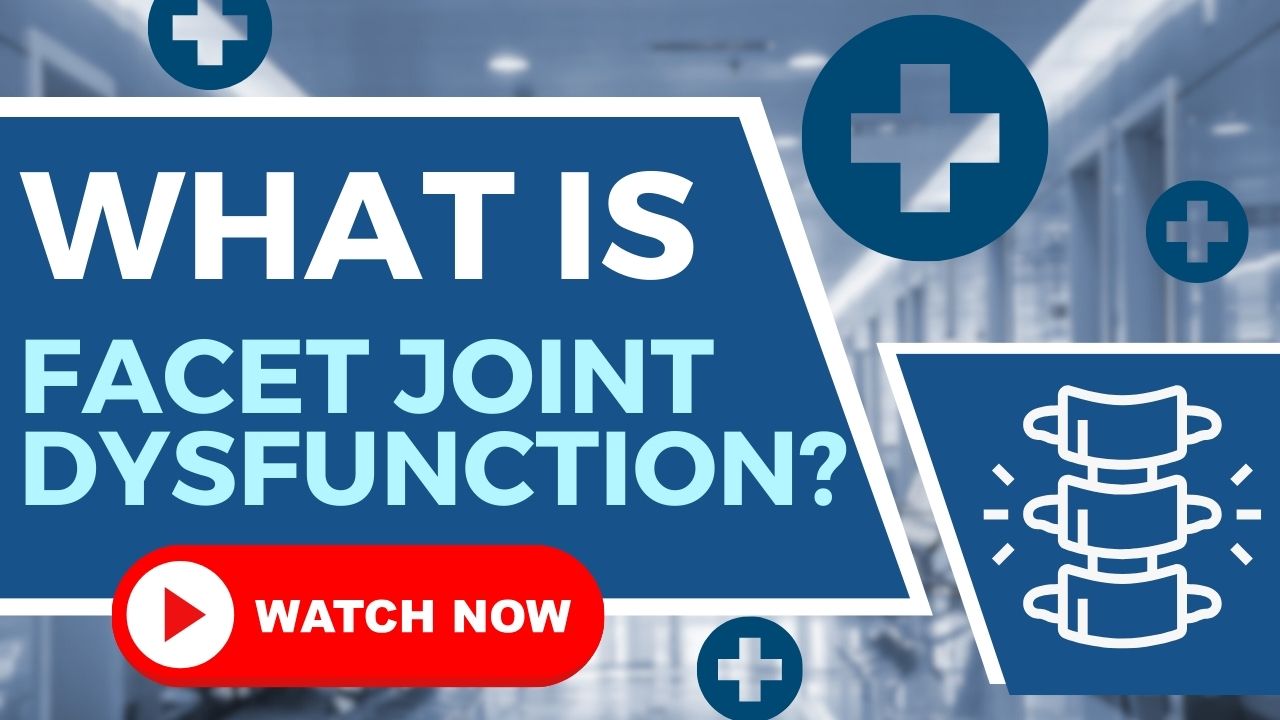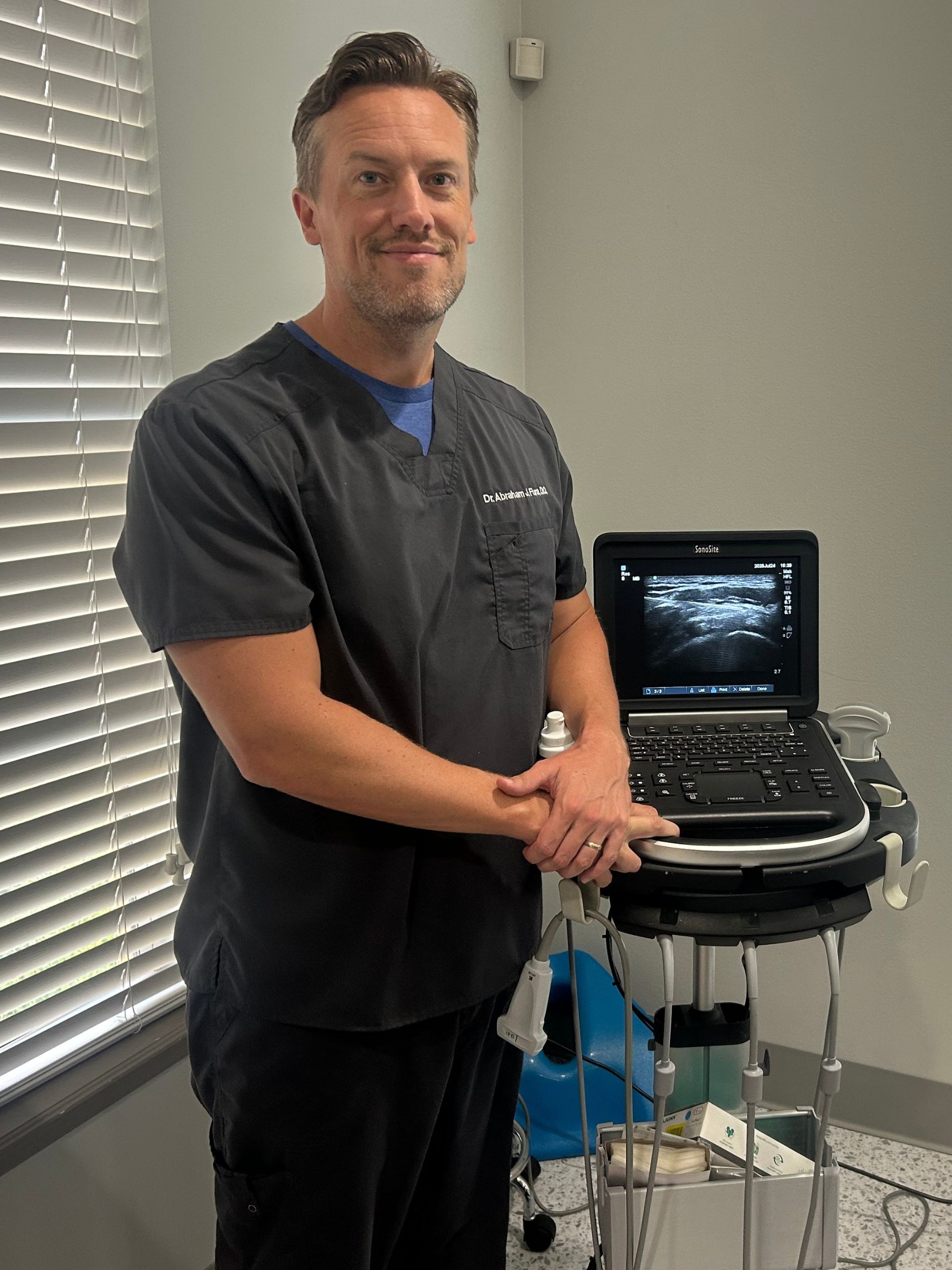
CONDITION OVERVIEW
Facet arthropathy, also known as spinal osteoarthritis or facet joint syndrome, is a condition where the small, stabilizing joints of the spine become arthritic and inflamed. These facet joints, located on the back of your spine, allow for bending and twisting. When the protective cartilage wears down, it can lead to bone-on-bone friction, causing a deep, aching pain in the neck or lower back. This condition is one of the most common causes of chronic spinal pain, especially in adults over 50, and often requires a specific diagnostic approach to confirm it as the source of discomfort.

ROOT CAUSES
Facet arthropathy is primarily a degenerative condition driven by the cumulative stress of daily life on the spine. Several factors can contribute to and accelerate this process.
The most common cause is the natural aging process. Over a lifetime of movement, the protective cartilage in the facet joints gradually wears thin, leading to osteoarthritis.
As spinal discs lose height, abnormal pressure is transferred to the facet joints. This increased load is a major factor in accelerating their degeneration.
Chronic poor posture or improper body mechanics during physical activity can place uneven, excessive stress on the facet joints over many years.
Trauma to the spine from an accident or fall can damage the facet joints, leading to the development of post-traumatic arthritis in the years that follow.

RECOGNIZING THE SIGNS
Facet joint pain is typically a dull, aching pain in the back or neck that is highly dependent on your position and movement, which helps distinguish it from disc-related nerve pain.
A deep, dull ache centered in the lower back or neck, often slightly to one or both sides of the center.
Pain is characteristically worse when bending backward, twisting, or standing for long periods, as these movements compress the facet joints.
Significant stiffness upon waking is very common. The pain and stiffness typically improve after you begin to move around for 15-30 minutes.
The pain can spread in predictable patterns. Lumbar facet pain often refers to the buttocks and thighs, while cervical facet pain refers to the shoulders and upper back.
Unlike many other back conditions, facet pain often feels better when leaning forward or sitting down, as this opens up the inflamed joints.
A key diagnostic sign is tenderness to the touch when a physician applies firm pressure directly over the affected facet joints on either side of your spine.
If you have chronic, aching back or neck pain that's worse when standing or bending backward, the cause may be arthritis in your spine's facet joints. A precise diagnosis can lead to targeted treatments that provide profound and lasting relief. Contact us to find out if your pain is coming from your facet joints.